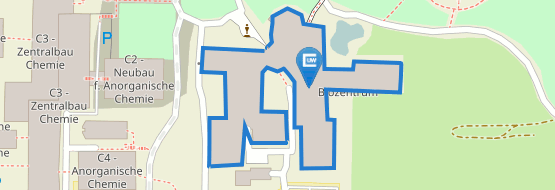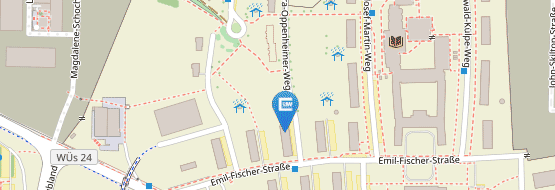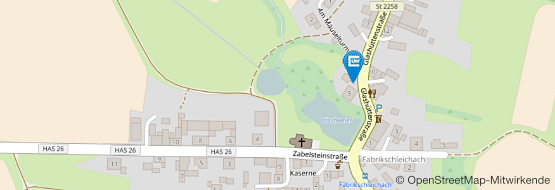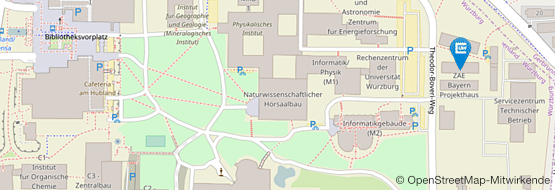Review: dSTORM - Single-molecule photoswitching and localization
05/30/2011S. van de Linde, S. Wolter, M. Sauer. Aus. J. Chem. 64, 503-511 (2011)
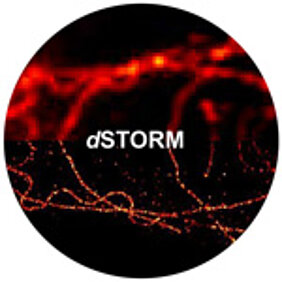

Abstract
Within only a few years super-resolution fluorescence imaging based on single-molecule localization and image reconstruction has attracted considerable interest because it offers a comparatively simple way to achieve a substantially improved optical resolution down to ~20 nm in the image plane. Since super-resolution imaging methods such as photoactivated localization microscopy, fluorescence photoactivation localization microscopy, stochastic optical reconstruction microscopy, and direct stochastic optical reconstruction microscopy rely critically on exact fitting of the centre of mass and the shape of the point-spread-function of isolated emitters unaffected by neighbouring fluorophores, controlled photoswitching or photoactivation of fluorophores is the key parameter for resolution improvement. This review will explain the principles and requirements of single-molecule based localization microscopy, and compare different super-resolution imaging concepts and highlight their strengths and limitations with respect to applications in fixed and living cells with high spatio-temporal resolution.



